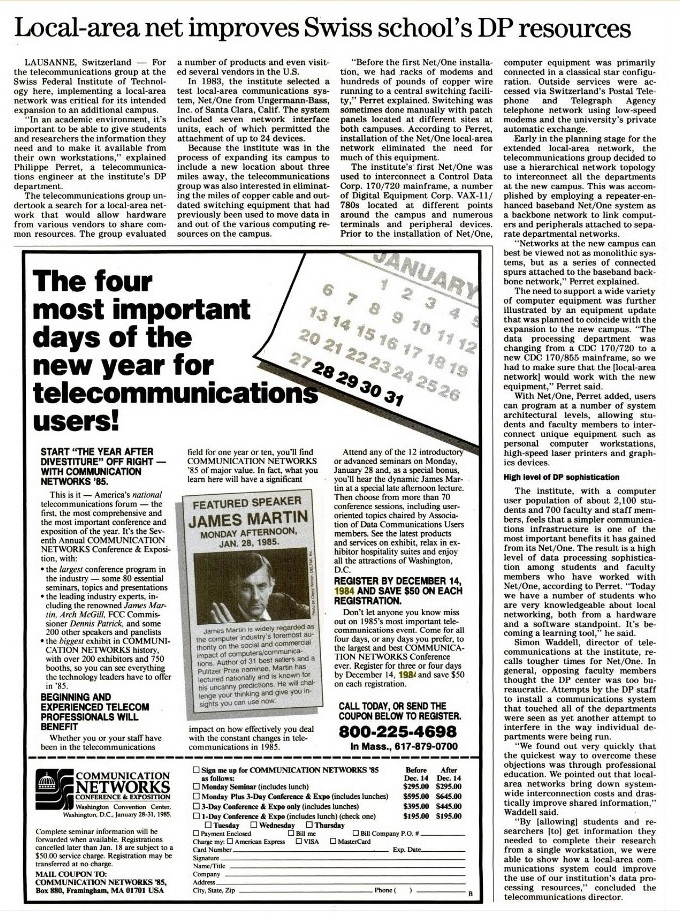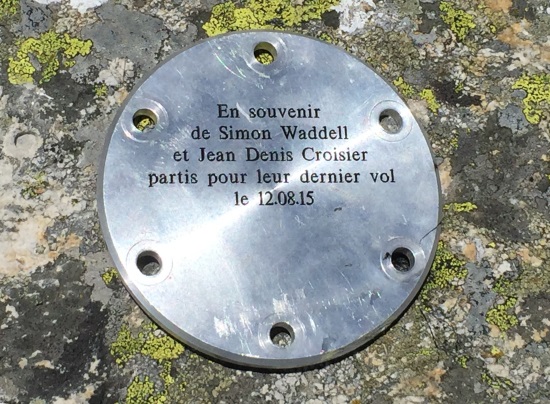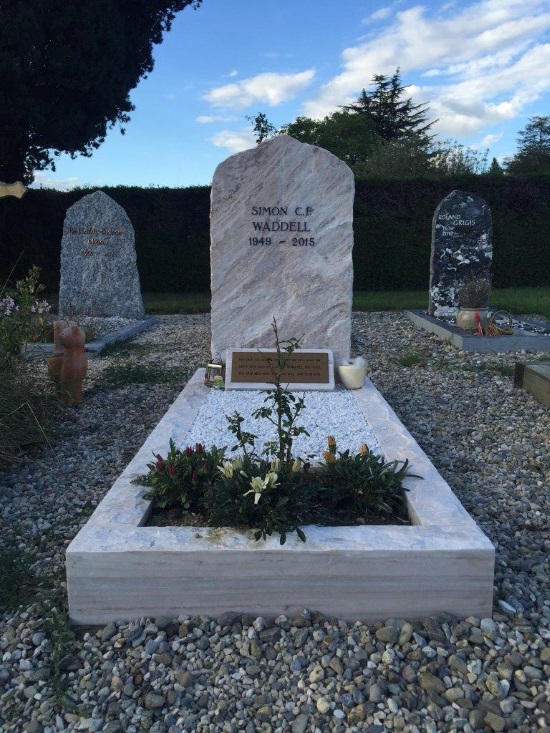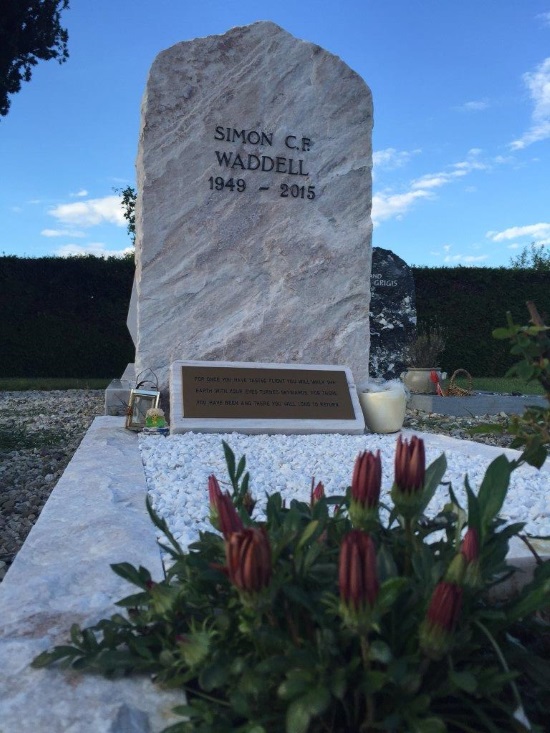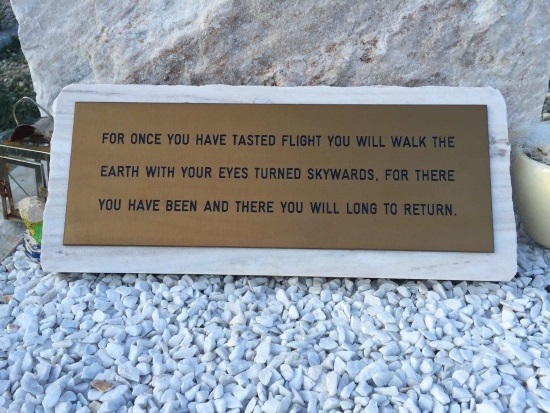Simon Charles Findlay Waddell
(23 Feb 1949 – 12 Aug 2015)

The enfant terrible in his early years, the stupor mundi in his high-flying professional career, and the dynastic focus of The Swiss Family Waddell in his relentlessly-energetic semi-retirement, he left us gasping for breath in his wake!
Click here or here to see him in action at the podium.
Awful things happen
The following internet notice was released at 8:30 pm on 12 Aug 2015
www.swissinfo.ch/eng/fatal-flight_swiss-killed-in-mont-blanc-glider-crash/41600164
Swiss killed in Mont Blanc glider crash
A glider aircraft carrying a Swiss and New Zealand citizen has crashed into the slopes of Mont Blanc on the border between Switzerland and Italy on Wednesday. The cause of the accident is unknown.
The aircraft had left the Bex airfield in canton Vaud and crashed around 3pm into the southern side of the Mont Blanc massif at Val Ferret, above Courmayeur. The wreckage was found at an altitude of around 2,500m by the Aosta Valley mountain rescue team after being alerted by hikers who had heard the crash. The victims are believed to be in their seventies.
The impact was very violent as the aircraft had completely disintegrated. The recovery operation was completed late afternoon and the Italian police at Entreves is handling the investigation.
An investigation was also opened by the Italian agency for flight safety, whose inspectors will conduct an inspection in the area tomorrow and will consult the glider instrumentation to try to understand the causes of the accident.
Ironically, the "New Zealander" was in fact Simon, who had retained his British nationality. The Swiss was his friend and fellow enthusiast Jean-Denis Croisier. The glider was brand-new, and had just been purchased by the club. This was its maiden flight.
I learned much later that, as the heavier of the two, stability considerations dictated that Simon was in the rear seat. Sitting in the forward seat, with the greater angle of visibility, Jean-Denis would have been at the controls in a relatively confined situation with the mass of Mont Blanc alongside, to port or starboard. A sudden vortex of wind, one wingtip contacting the ice, and a terminal cartwheel propelled them both into The Great Perhaps.
A bulletin later that evening gave slightly more detail.
Two dead in Mont Blanc glider crash
Swiss and New Zealander both died on impact
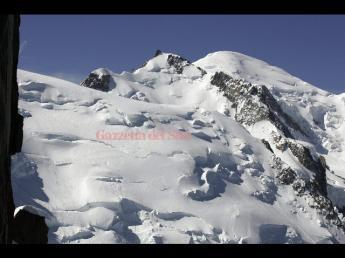
Aosta, August 12 –A Swiss glider pilot and his New Zealander passenger both died after they crashed at altitude of 2,500 metres on the Alpine peak of Mont Blanc. The victims were reportedly in their 70s and both died on impact on the Pré de Bar glacier in Val Ferret, Courmayeur. Rescuers were able to recover the bodies from the crash site, and finance police and aviation safety authorities are investigating the incident. The glider had taken off from Bex airport in the Swiss canton of Vaud. Three French paragliders died in three separate accidents while trying to fly around the Mont Blanc massif in July.
Click here for other reports and technical comments.
One's heart goes out to them both in that final moment, but as a number of people have rightly observed, at least they died doing something they loved.
Simon's funeral, though secular, was held in the Bercher village church, under the benign eye of the Calvinist pastor. The church was packed to the rafters with family, friends, and score upon score of villagers all of whom had known and respected him.
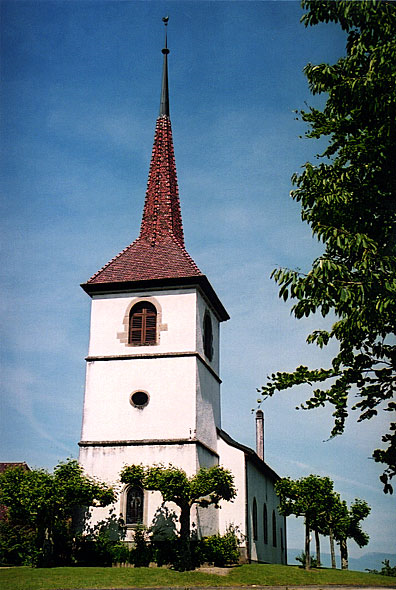
There were numerous tributes, all very heart-felt – from his sons Max and Gavin, from friends, colleagues and myself. I had decided to focus on his early years, as these were when I had known him best, and of which those present had known least:
It should have been my brother Simon speaking at my funeral, but life rarely conforms to expectations. We all worry about things that might happen, but what does happen is often completely unexpected, as we have all had to confront over this last week.
Due to family circumstances, Simon and I had only spent a total of 8 years under the same roof, so to speak, by the time I left home at the age of 17, so I can't give you a rounded account of Simon's life-story. But I'll try to tell you something of his early life before he moved to Switzerland at the age of 22.
He was almost exactly 4 years younger than me, but was always the larger personality even from his earliest years. Immensely determined, but not actually rebellious – he didn't defy authority, but simply ignored it. From an early age he showed a great talent for taking things to pieces to see how they worked, and as he got older he also became much better at putting them back together again.
He was indeed quite a challenge to our parents, particularly his mother Katie, and later on at the various schools to which he was sent from the age of about 4½. The first of these was a sort of educational boot-camp in Selsey, on the English south coast, run by a grim-visaged woman always known simply as Mam. She was a strict disciplinarian, and her ultimate weapon was a long-handled hairbrush, applied flat-side to the back-side. Simon was unruffled by that, and after a couple of years she admitted defeat.
Simon was then sent to a traditional English prep-school in Berkshire, by the name of St Pirans, where the pupils were encouraged to study Latin and practise handbell-ringing. This wasn't at all to his taste, and his education continued to languish.
Both our parents William and Katie had left school without passing the official School Certificate exams, and so they showed little interest in our progress at school, or lack of it. But as their marriage finally disintegrated in 1958, and William had gained custody of Simon and myself, he decided to withdraw Simon from St Pirans and send him to Holy Trinity, a Church of England primary school just a stone's throw from Sloane Square in Chelsea.
It was, however, adjacent to Pimlico, then one of the toughest areas in London, and the pupils of Holy Trinity were drawn from the bleak postwar housing estates built to re-house East-Enders rendered homeless by the Blitz. Simon rose effortlessly to become leader of the knobbly-kneed young tearaways in his year group, who used to descend like locusts on the displays of fruit at the local greengrocers.
Then secondary school loomed up; it was a difficult period for me anyway, and so I don't know too much about his first few years there, except that he was particularly enthralled by the School Cadet Corps and target practice with real guns in the Rifle Range. He also loved the annual Cadet Camps on the Isle of Wight or Salisbury Plain, meeting real British Army soldiers and driving real military vehicles. I'm sure he could have had a very successful career in the armed forces.
Simon didn't seem to take to modern languages, probably because at that age they seemed a bit pointless. My wife Sonia has a vivid memory of helping him (aged about 16) with his French O-level homework – it's ironic that he ultimately went on to achieve complete fluency after moving to Switzerland whereas she (like myself) managed to forget it all completely.
Once again, I really don't know what specialist subjects he studied in his last two years at school – physics maybe, and perhaps maths (but he boycotted the maths lessons after an altercation with the oafish instructor). But at this point a really bizarre turn of events took place. William's pioneering business interests in direct mail advertising had begun to feel the impact of new technology and he started to apply his inventive brains to match the IT onslaught from the USA. But on a shoestring budget.
Simon was the ideal junior partner in this venture, as from early childhood onwards he had gained an excellent working knowledge of all things electrical, and for a year or more he stayed off school to help develop the necessary circuitry and construct the corresponding hardware, using electromechanical relays. Unfortunately, it was a modern rerun of Babbage's early computers of a century before – innovative design, but obsolescent technology.
For a while it attracted interest from techno-capitalists, but the relentless pace of electronics and the advent of word-processors eventually left it high and dry. William's business was at an end, and Simon's exam results had been utterly sabotaged. But at this point a miracle occurred.
John Connaran, a senior electronics engineer from Elliott Automation, stepped in. He had been a consultant to the project, and had often met with Simon and William to discuss and evaluate Simon's designs for the logic circuitry. He had been so deeply impressed that he offered to contact Frank Sumner, eminent Professor of Computing Science at the University of Manchester (birthplace of the British computer industry) to recommend Simon for a place on their degree course in Computer Science and Technology.
Simon did brilliantly. And after graduating he spotted a job advertisement for the Technical Institute of Lausanne on the notice-board, got in touch, got the job, out he came, met and married a lovely girl, and the rest is history.
But before I step down, I'd like to relate a short anecdote.
One of Simon's boyish larks in his student days was to get himself arrested for climbing across an overhead gantry (in order to cross some evil-smelling stretch of disused waterway) after a convivial Saturday evening at The Prospect of Whitby, a very popular pub in the East London docklands of those days. In merry mood, he and my brother-in-law Peter had decided that this was the best and quickest way to the nearest tube-station. But a passing policeman thought otherwise and hauled them off down to the police station, where they were charged with trespass and put in a cell overnight. William had been alerted to this development, and when they were brought before the beak at the Magistrates Court the next day, up he popped in best Perry Mason style, raising objections and points of law until the magistrate lost the will to live and discharged them absolutely.
Thank you all.
In Memoriam
For those of us who couldn't make it to the funeral, or who would anyway like to make a symbolic acknowledgement of Simon's ascent to an altitude beyond mortal view, his family have suggested that a donation, however modest, to the Swiss Air-Ambulance Service, would be an ideal way to do it.
Of course, there are Air-Ambulance services all round the globe – another excellent choice, as Simon brought his glider over to Berkshire when living in Dorney, would be the Thames Valley one. And there's probably (indeed, there is) a Timbuctoo one too, so just donate to wherever you think most appropriate. The Swiss website is at
Happy landings.
Career Path
I'm very grateful to Nicole Waddell, who has sent me this link. The Lausanne Institute of Technology was the first organisation for which Simon worked, and as you may see, he didn't do badly, being by this time their Director of Telecommunications.
He was fortunate to have chosen such an academic environment, particularly in a nation of perfectionists such as Switzerland whose precision engineering is a byword. And in many respects, perhaps he should have remained an academic.
He was, after all, a Waddell not a Machiavelli, and thought that technical excellence and expertise was the ticket to ride, in the phrase of those days. In the Anglo-American business and political world, however, the climb up the greasy pole is by counter-briefing and back-stabbing, and to neither of those would Simon stoop in his subsequent career – he was colourful and convivial but not a corporate cage-fighter.
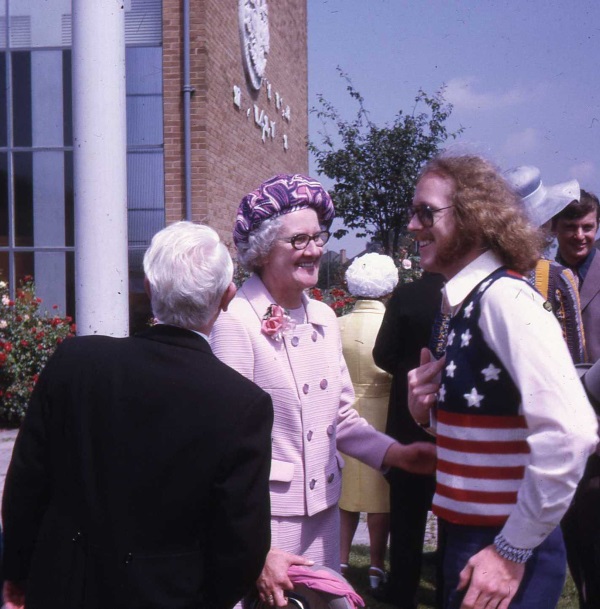
I'm extremely grateful to David Hughes, Simon's university flatmate,
for this picture of Simon looking most colourful and convivivial
at David's wedding in 1972.
Exactly the same was true of his father William, and his grandfather Robert, both of whom experienced the same career reverses (Robert at Brown Bayleys in 1937, and William at Mead Carney in 1954/5) for the same reason.
As shadows o'er the grass
The last time that those of us in England were to see Simon was on the very happy occasion of Nick & Phil's civil partnership ceremony on 11 February 2012 – an all-day affair beginning with a splendid lunch at Croma in Chorlton, followed by the ceremony and reception in Manchester Art Gallery, and culminating in a very lively evening buffet and disco at the Nip & Tipple in Whalley Range.
Photographers were on hand throughout, and a vast number of excellent maxi-megabyte high-resolution pictures were posted on Flickr immediately afterwards. Naturally, for internet purposes these have to be slimmed-down, but of course I'm happy to send copies of the originals to friends or family if you would like to use the Contact menu-option above.
The first sequence below is of Simon sitting on the front row of the family contingent, together with Anne-Marie, Sonia and myself, and, as always, providing a natural epicentre of attention before the ceremony began.
And the second sequence is of the reception afterwards, in which he circulated with the natural ease of a practised event-organiser (which latterly in his professional career he was, of course)
Later that evening we said our goodbyes as he headed off to prepare for an early start back to Lausanne the following morning. One should always treat an au revoir as if it might be an adieu, and so it proved on this occasion too.
At the site of the Mont Blanc crash
I'm very grateful to my sister-in-law Nicole for the very moving photographs in this section and the next.
In the Bernay village graveyard
Another Alpine aircrash
The recent (August 2019) fatal crash of a young British family has rekindled painful memories of Simon and his colleague’s fatal accident just over four years ago, in strikingly similar circumstances and location. Hopefully the authorities won’t take quite so long to come to a conclusion as to what happened this time as they did last, and one wonders whether any conclusions can be drawn as to a common factor in these two tragic accidents, differing though they are in the type of aircraft involved.
The Times, Wed 28 Aug 2019, p1
The Times, Wed 28 Aug 2019, p5
The Times, Sat 16 Nov 2019, p27



